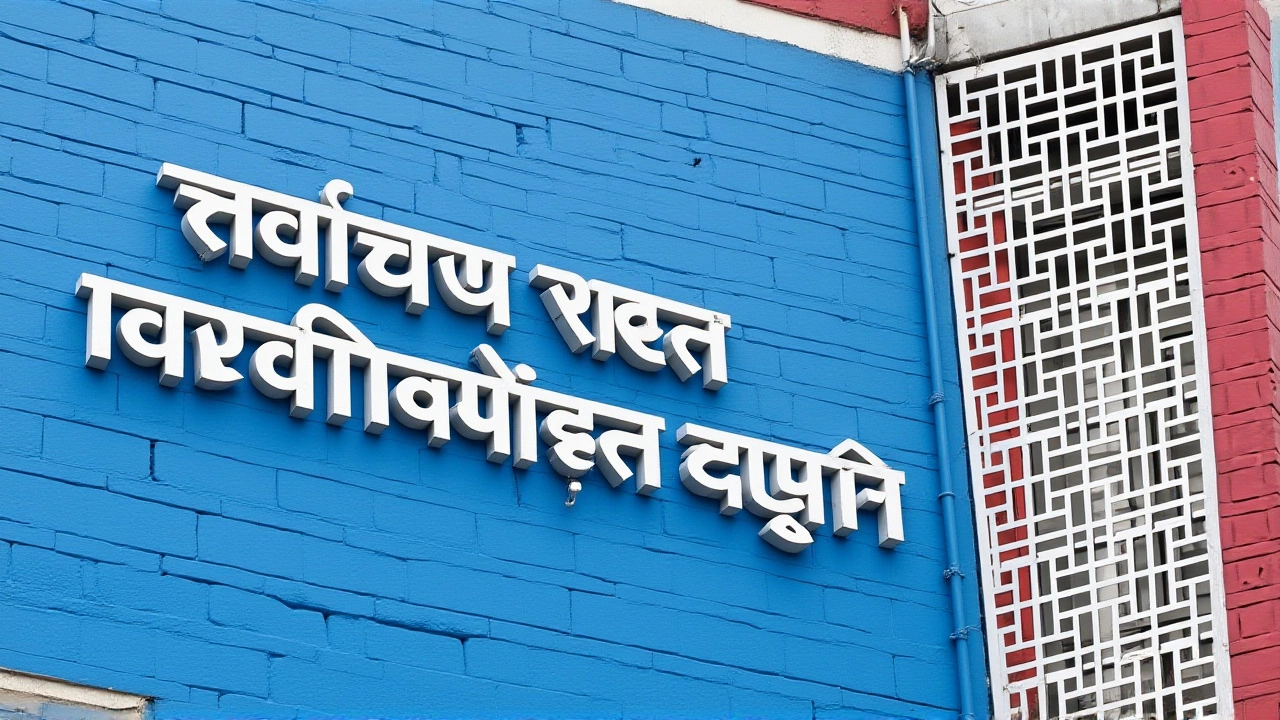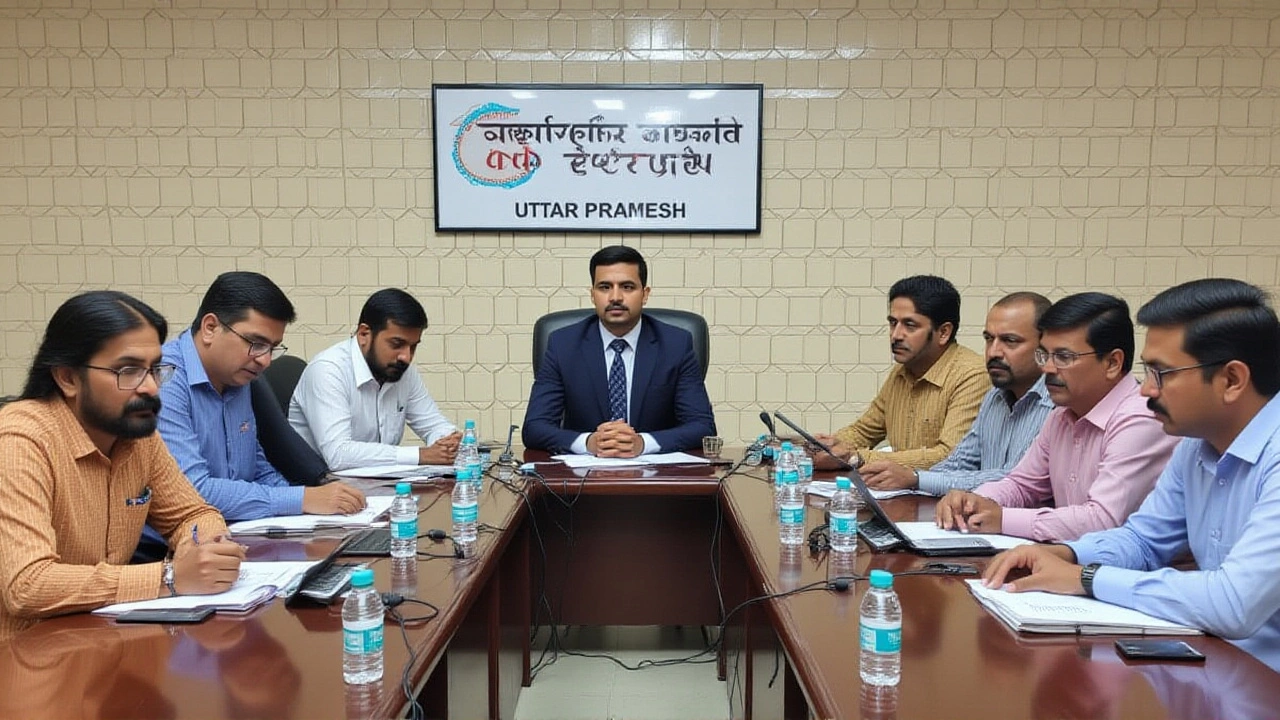The Uttar Pradesh Election Commission has pushed back the final publication date of the voter list for the upcoming three-tier panchayat electionsUttar Pradesh from January 15, 2026, to February 6, 2026—a move aimed at ensuring greater accuracy and inclusivity in the electoral roll. The extension, confirmed by Gaurav Shukla, Deputy District Election Officer and Additional District Magistrate, comes after a comprehensive review of procedural delays and grassroots feedback. With over 3 crore voter registration forms collected and digitized so far, officials say this extra time will help eliminate duplicates, update addresses, and include newly eligible voters—especially the 18-year-olds turning 18 on January 1, 2026.
Revised Timeline for Voter List Updates
The updated schedule tightens key milestones to keep the process on track despite the extension. The computerized voter list will now be finalized by December 10, 2025, followed by booth numbering and ward mapping by December 22, 2025. The first draft of the final voter list will be published on December 23, 2025, opening a seven-day window for public inspection, claims, and objections that runs through December 30, 2025. On January 1, 2026, applications from youth who turn 18 that year will be accepted—a critical inclusion given Uttar Pradesh’s youthful demographic.
‘BLO Aapke Dwar’ Campaign Gains Momentum
Under the ‘BLO Aapke Dwar’Uttar Pradesh campaign, Uttar Pradesh Election Commission has deployed Block Level Officers (BLOs) to doorsteps across 75 districts. The initiative, running from August 19 to September 29, 2025, urges citizens to verify their names, correct errors, and remove deceased or relocated individuals. The slogan—“Strengthen Democracy—Link Your Name to the Voter List”—is being echoed in villages, schools, and community centers. Navdeep Rinwa, Chief Electoral Officer of Uttar Pradesh, emphasized that no area should be left unvisited: “If a BLO hasn’t reached your street, call your district office. Your vote matters.”

How to Check and Update Your Voter Details
Residents can verify their voter status through two official portals. The national voters.eci.gov.in website allows users to search by name, father’s name, or voter ID, even for records dating back to 2003. For panchayat-specific registration, the state has launched a dedicated portal: SEC::PRI Voter Registration. Applicants must first confirm whether their name appears in the existing electoral roll before submitting new forms. Online submission is now fully enabled, eliminating the need for physical visits in most cases. Those who lived in other Indian states between 2002–2004 can also cross-check those states’ SIR records on the same portal.
Behind the Numbers: Why This Matters
Uttar Pradesh, with over 160 million eligible voters, has the largest electoral roll in India. In the 2022 state elections, nearly 2.7 million names were added and 1.9 million removed during the SIR process. This year’s revision is even more crucial: over 1.2 million youth are expected to become first-time voters in 2026. Errors in the list—such as duplicate entries, outdated addresses, or missing names—can disenfranchise voters or inflate turnout figures. The commission’s push for digitization and door-to-door verification is a direct response to past controversies, including allegations of ghost voters in districts like Jaunpur and Mau, where paper-based lists had gaps as late as January 1, 2025.

What’s Next? Monitoring and Accountability
Each district election officer has been instructed to submit weekly progress reports. Random audits will be conducted by state observers, and citizens can file grievances via the commission’s toll-free helpline. The final voter list, once published on February 6, 2026, will be binding for all three tiers of panchayat elections—Gram Panchayat, Block Panchayat, and Zila Panchayat—scheduled to begin in March. The commission has also partnered with local NGOs and Resident Welfare Associations to act as “voter literacy ambassadors,” helping elderly and rural voters navigate the digital system.
Frequently Asked Questions
How can I check if my name is on the Uttar Pradesh voter list?
Visit voters.eci.gov.in, enter your name, father’s name, and state, then select Uttar Pradesh. You can also search by voter ID or EPIC number. If your name doesn’t appear, you can file a claim using the online portal or visit your local BLO. The system shows records from 2003 onward, including previous states if you relocated.
What if I moved to Uttar Pradesh from another state after 2024?
You must apply for inclusion in the Uttar Pradesh voter list through the SEC::PRI portal. You’ll need proof of residence—such as a utility bill, ration card, or Aadhaar linked to your UP address. Your previous state’s voter ID will be deactivated once your UP application is approved. Don’t wait until the deadline; processing takes up to 15 days.
Why was the deadline extended to February 6, 2026?
The extension allows more time to verify over 3 crore collected forms, digitize records accurately, and include 1.2 million new voters turning 18 in early 2026. Early drafts revealed inconsistencies in 8% of rural entries, prompting officials to prioritize quality over speed. This is the longest SIR extension in UP’s panchayat election history.
Can I update my voter details without visiting an office?
Yes. The SEC::PRI portal allows online corrections for name spelling, address changes, and photo uploads. You can also submit Form 8 for corrections and Form 6 for inclusion. Digital signatures are accepted. However, if you’re adding a new voter or removing a deceased person, you may still need to submit supporting documents via your BLO.
What happens if my name is missing from the final list?
If your name is missing after February 6, 2026, you cannot vote in the panchayat elections unless you file a legal petition before the District Election Officer. However, you can still register for future state or national elections. The commission advises checking your status by January 15, 2026, to avoid last-minute issues.
Are there penalties for false claims or duplicate registrations?
Yes. Under Section 171G of the Indian Penal Code, providing false information to register as a voter is punishable by up to one year in prison and a fine. The commission uses AI-based deduplication tools to flag identical fingerprints, addresses, or photos across districts. Over 42,000 suspect entries were flagged in the 2022 SIR process.
